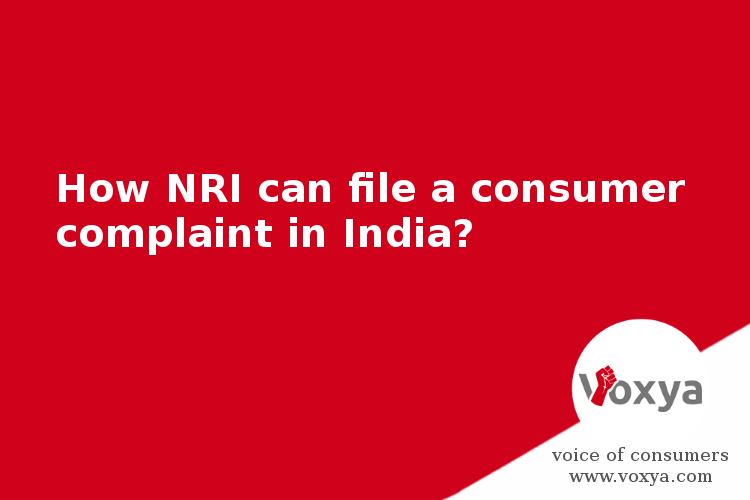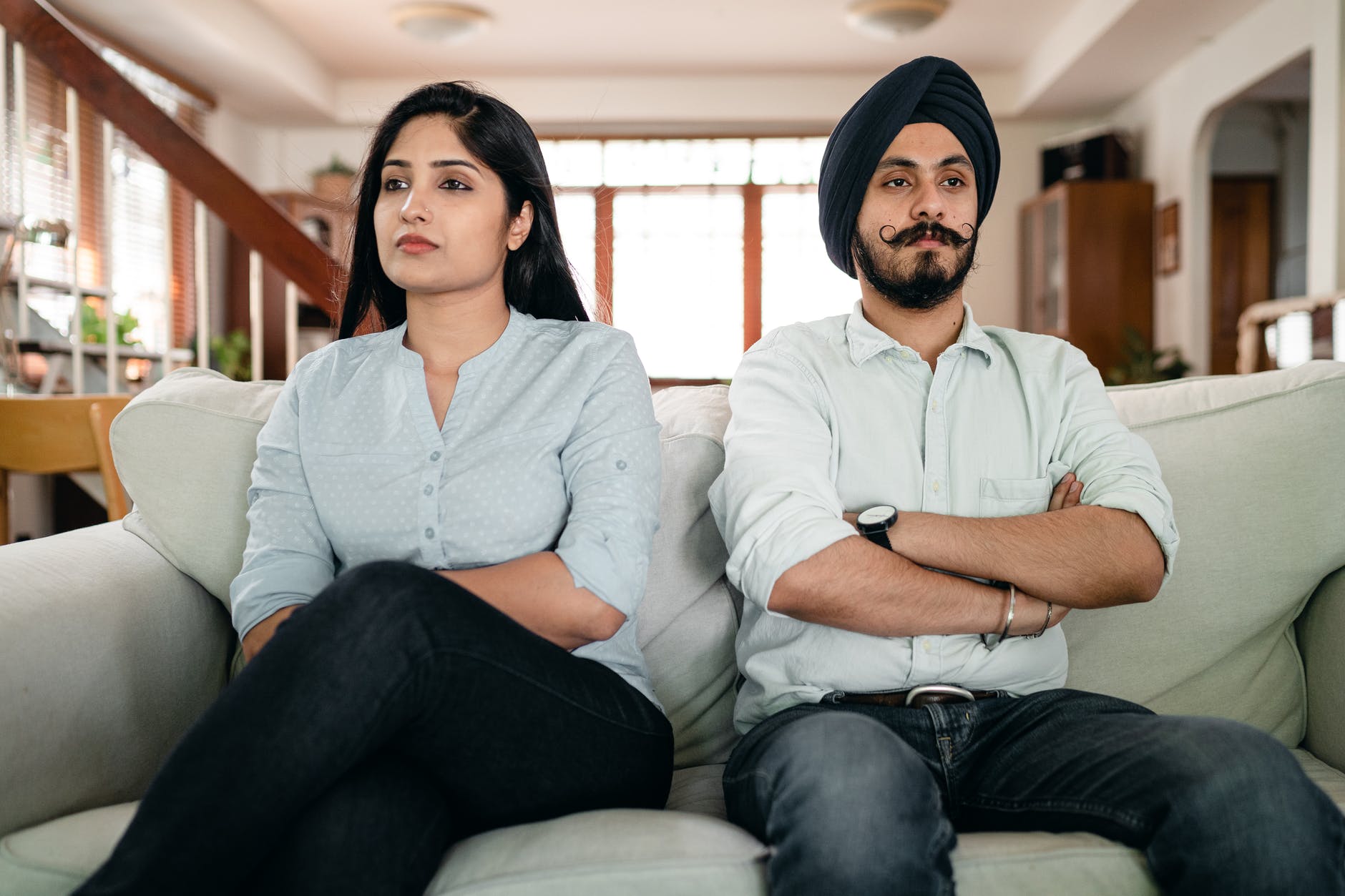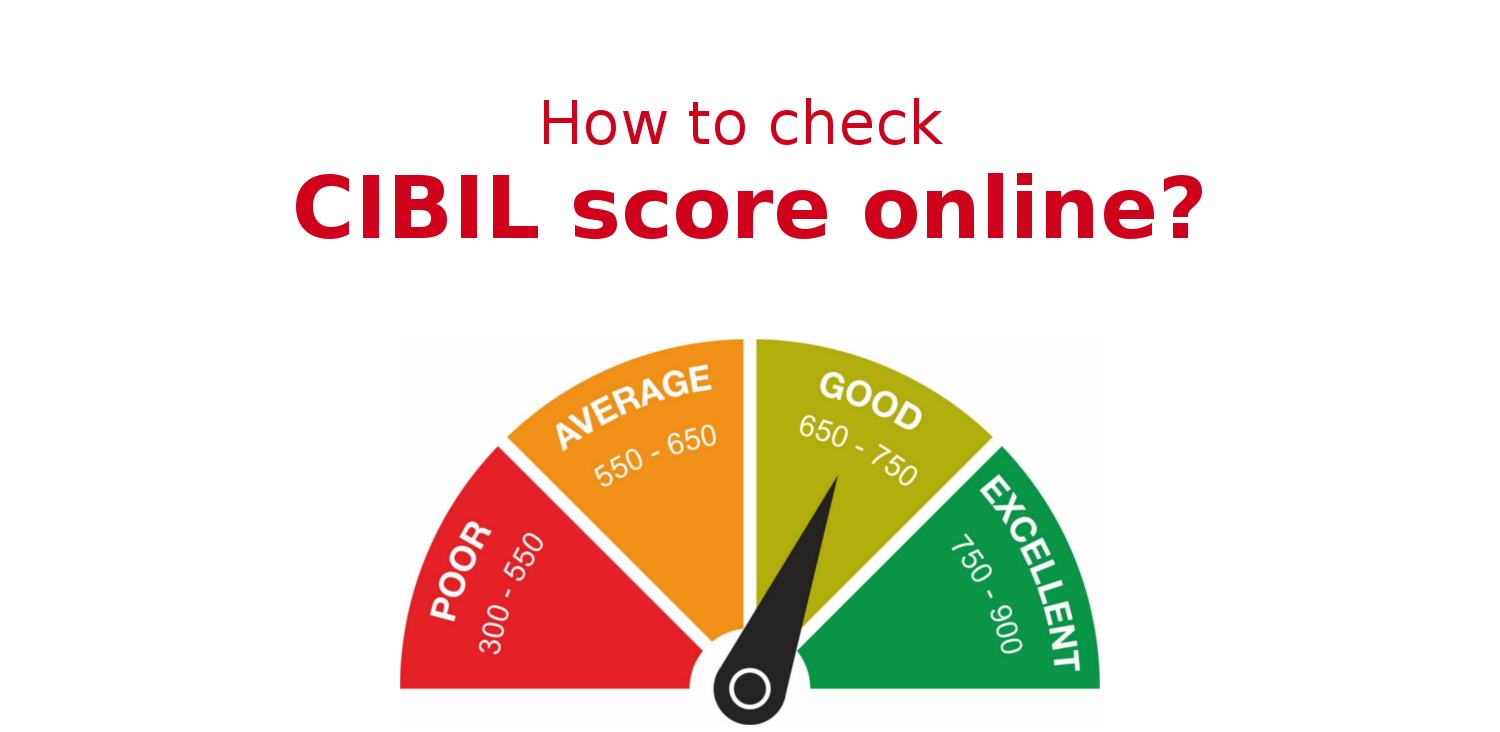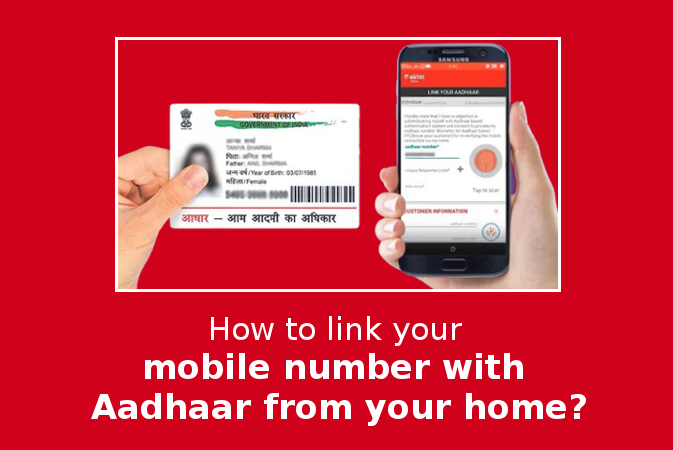Every year around 25 lacs Indians migrate overseas, which is the highest annual number of migrants in the world. Currently there are more than 30 million NRIs residing outside India. Being NRI and facing legal issues is a complicated matter and there are very limited resources to get help.
Voxya understands the constraints of non-residents and people of Indian origin as they can not travel back and forth to India. Further they have limitations of time and resources to pursue legal matters in India.
Many times these non-resident Indians are buying on behalf of their families in India and it becomes a nightmare if something goes wrong with the product/services they bought for their family. No one is available in India to fight for justice on their behalf and their family members are not ready to take legal action.
In all these situations Voxya’s consumer forum platform comes to rescue. Voxya is a unique platform, helping NRIs across the globe to resolve matters relating to consumer disputes in India. In this article we will see how Voxya helps NRIs to fight for their consumer rights in India.
Talk to a Lawyer
If you are not sure about your rights as a consumer, then it is advisable to talk to a lawyer in India who can guide you regarding Consumer Protection laws. Voxya provides a very affordable and convenient service wherein you can request a call back from a lawyer in India in just Rs.499 only.
If you have an active Indian phone number working in your country of residence then you can easily receive calls from a lawyer in India. However, if you do not have an Indian phone number then Voxya lawyers can even call your WhatsApp phone number for a seamless audio call.
Start Social Campaign
Once you are aware of your rights and have some direction to move forward, you can try using Social media to raise your voice against brands in India. This works as long as you are active in Social media and have shared your concern tagging the brand and your close friends & family.
But if you are unable to get any resolution then it’s time to use Voxya services to get some serious help.
File a Complaint
Visit Voxya.com and you can easily file a consumer complaint against the brand online by using Voxya platform. The process is very easy and it takes less than 5 minutes to file a complaint. You are completely free to use either Voxya website or Voxya mobile app to file a consumer complaint against companies.
You can download Voxya mobile app here: Download Voxya App
However, the mobile app provides a convenience to speak and voice record your complaint by using the microphone of your mobile device. You would be required to provide complaint details along with evidence like invoice, payment receipt, picture, email screenshots etc to prove your point. But do not worry if you don’t have evidence ready as you can even attach them later after filing your complaint.
While filing a complaint, you will be given options to choose for receiving appropriate services from the Voxya legal team. Select sending Legal Notice and Case Document preparation in order to take legal action against the brand. As Voxya fights on your behalf so you would be required to verify your identity and provide your permanent address to take legal action.
Send Legal Notice
Once your complaint is filed, the Legal team will prepare a Legal Notice and it will be sent to the opposite party in hard copy via registered post. You will also receive a copy of the Legal Notice at your address if you have opted for it. You would wait for 30 days after sending the notice so that they can resolve the matter.
File a Case in Consumer Court
If you do not get any resolution or response from the brand then the next step would be to file a case against the brand in Consumer Court. Generally speaking filing a case in Consumer Court is very easy and it does not require any lawyer. But since you are not available in India so in your case, you would be required to hire a lawyer in India who can file & fight case on your behalf.
Also you should have some relatives or friends in India to provide Power of Attorney to file your case. The good news is that you need not search for an experienced & affordable lawyer in India because Voxya can connect you to the appropriate lawyer in its large network of lawyers. The lawyer will be there to help you in filing and fighting your case till you get a decision in your case.
It generally takes some time in getting justice in the Consumer Court but that should not stop you because even if your case runs for 2 long years then too you will get interest on the money which you are claiming. Of course much depends upon your case details and the Court but there are chances of getting appropriate monetary compensation for time & efforts spent on case, apart from covering your legal expenses.
So, if you are a non-resident Indian wanting to take legal action against some brand in India, File a complaint today.

You can also Download Voxya Mobile App to file a consumer complaint with a voice record option!







